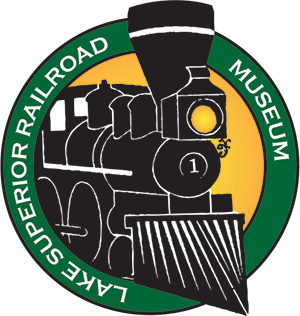Cabooses
The museum’s caboose collection spans from 1884 to 1966. The oldest caboose was built in June 1884 as Wisconsin Central #28, later Soo Line renumbered it #99017. Another interesting piece is the Great Northern Railway’s caboose built in Nov. 23, 1920. It was originally #90677. It was part of an order for forty wood-sided cabooses with steel under frames. Our youngest caboose was built by International Car Corporation in 1966, Soo Line #1 was one of 15 steel cabooses purchased by the Soo Line that year, and it is a “wide vision” type, where the sides of the cupola project beyond the side of the car body.
Cabooses were once used on nearly every freight train. They served as the “office” for the train’s conductor, who was in charge of the train. The conductor kept records and handled business from a table or desk in the caboose. Crewmembers could leave the caboose for switching, or to protect the rear of the train when it stopped. From the caboose, they could look ahead and inspect the train as it was moving; looking for problems such as shifting loads, broken or dragging equipment, and overheated axle bearings, known as “hot boxes.” For longer trips, the caboose provided minimal living quarters. Technology eventually advanced where cabooses are no longer necessary, since there are fewer crewmembers, and trackside detectors can look for problems with equipment. They are seldom used today, except on local trains that may involve a great deal of switching or operations that involve long backup moves.
Luckily, many of these staples of railroad history were saved and you can climb inside and see the cabooses at the museum.



